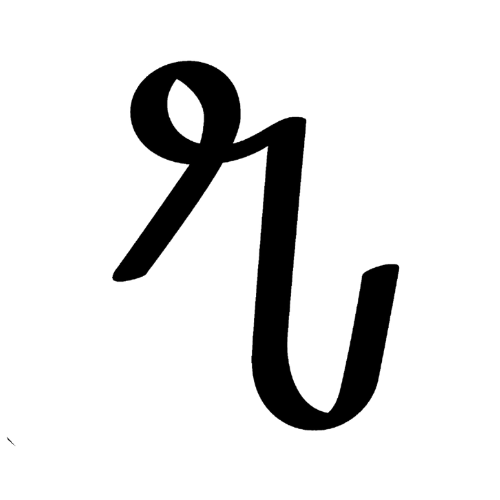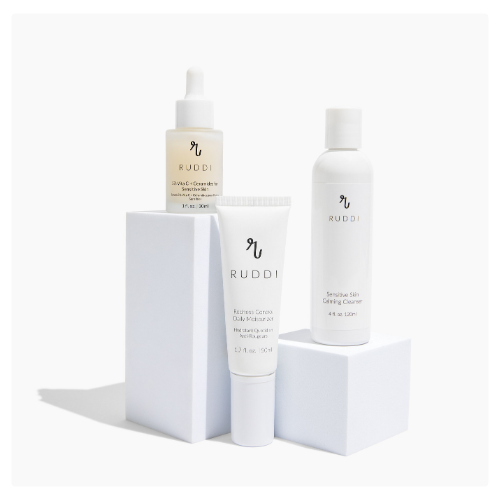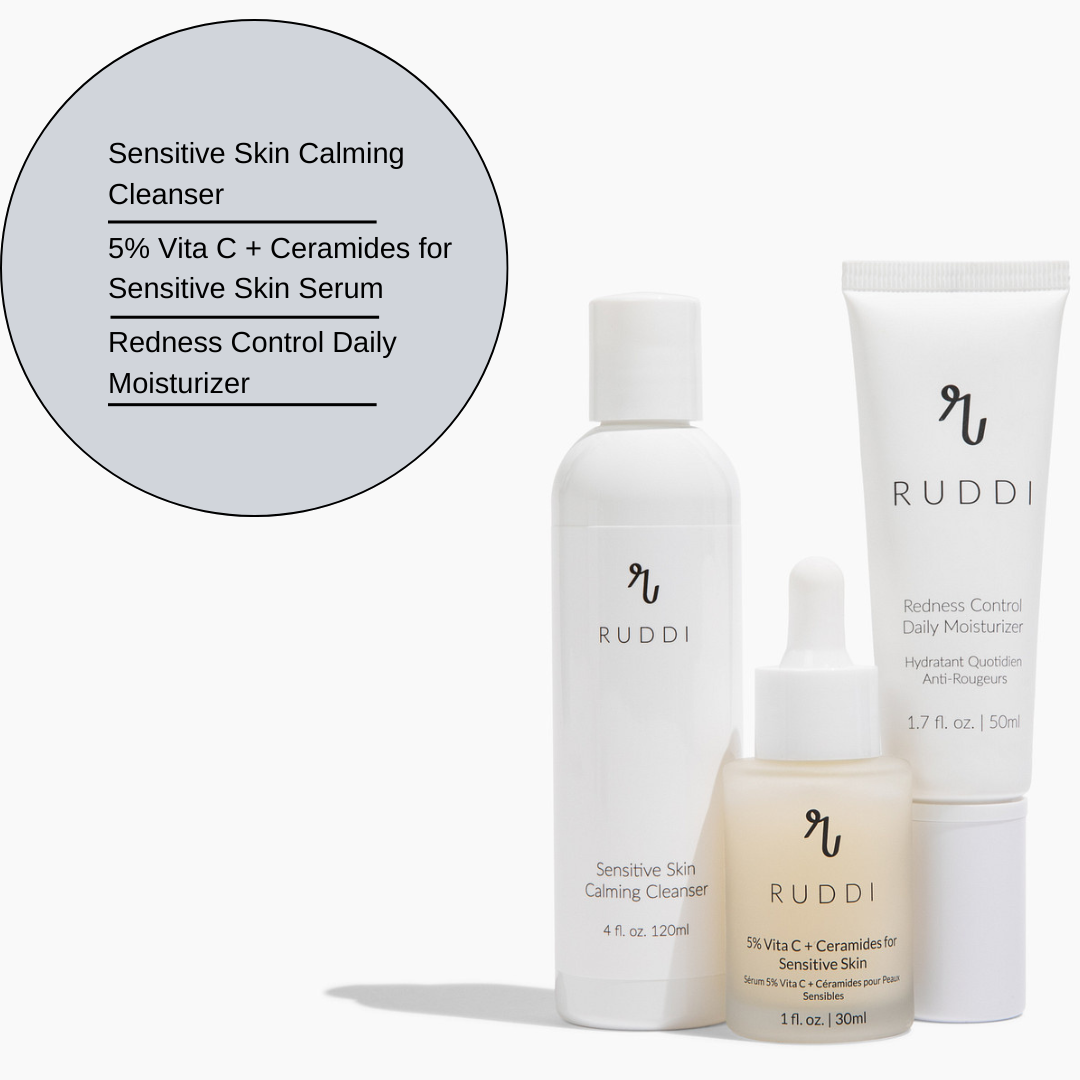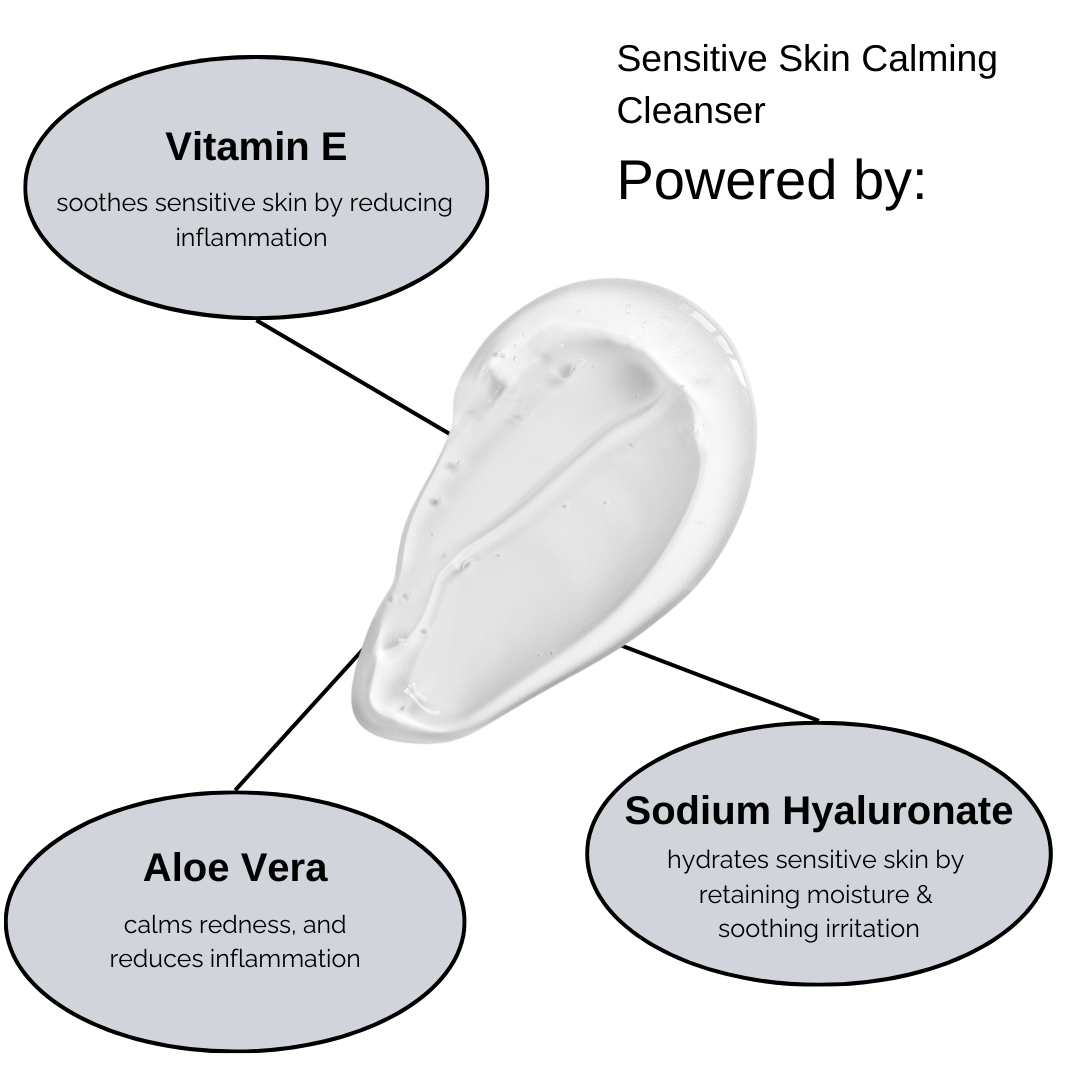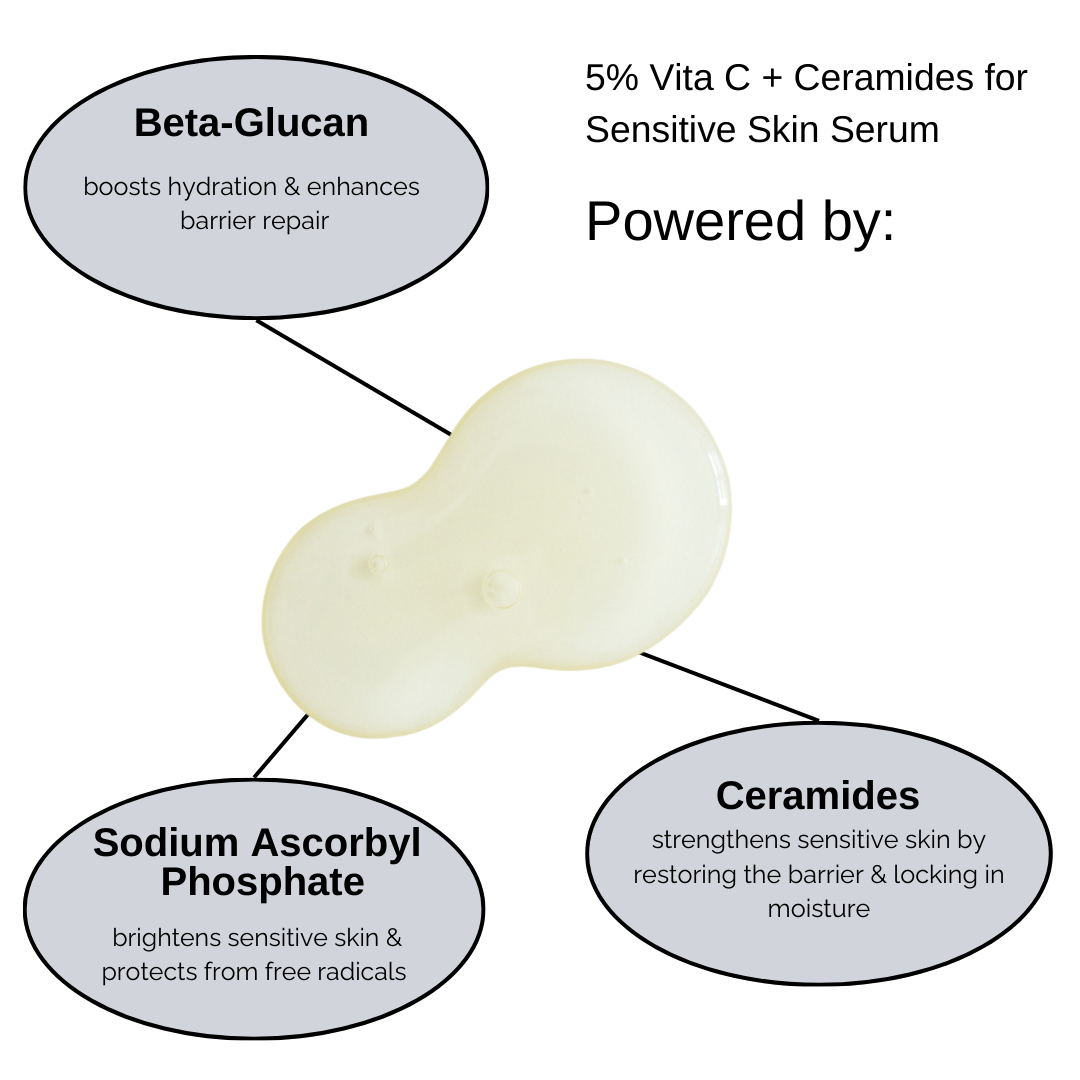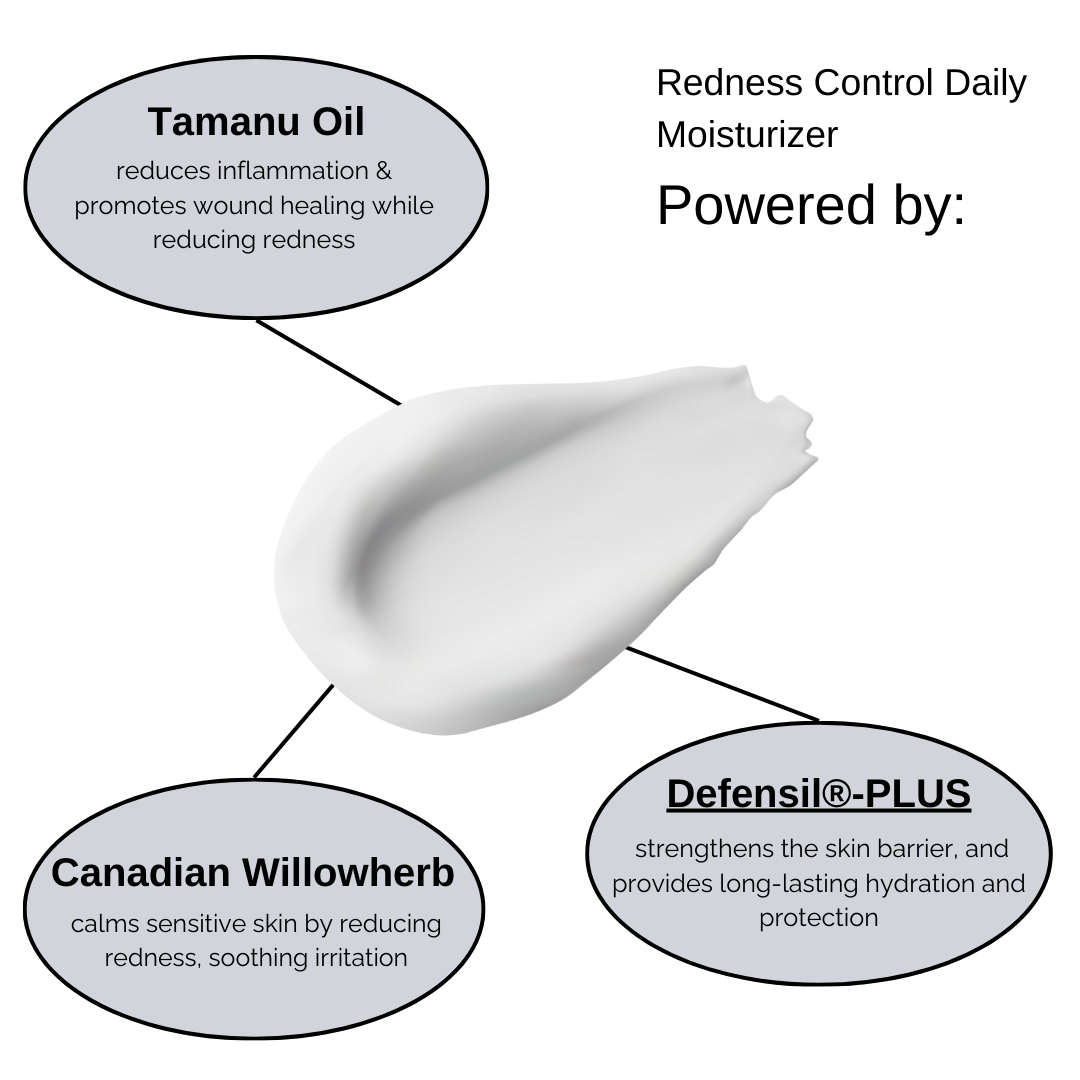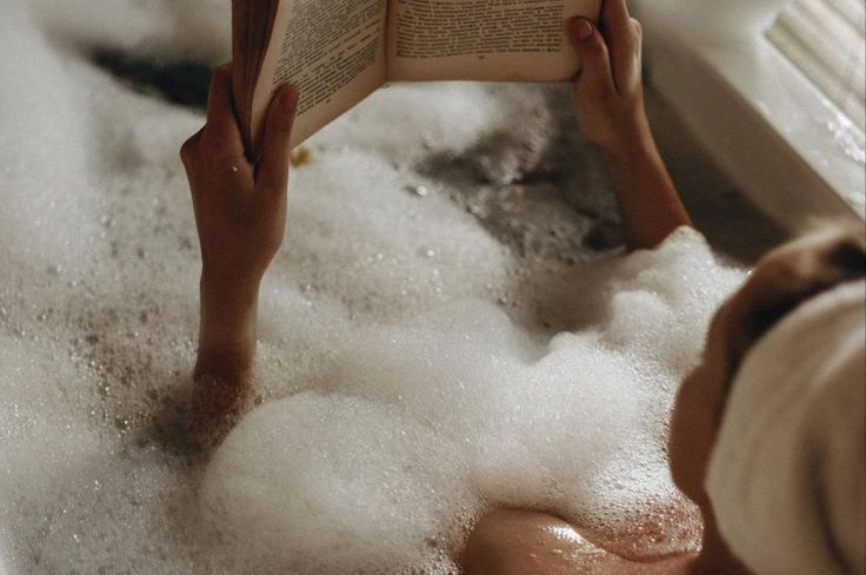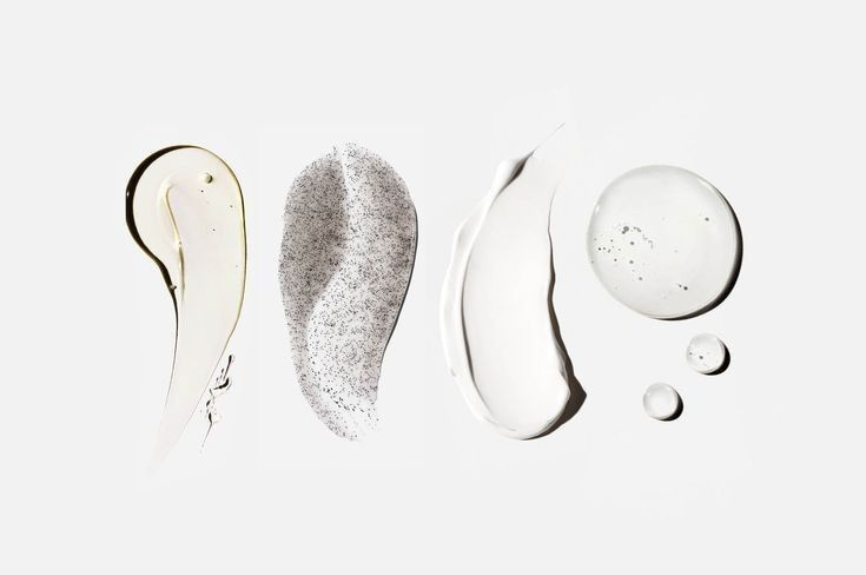
How to Build a Rosacea-Safe Skincare Routine: A Step-by-Step Guide
Creating a skincare routine when you have rosacea can feel like navigating a minefield—one wrong product and the redness, bumps, or burning flares right up. But the good news? With a gentle, targeted approach, you can significantly reduce flare-ups, calm inflammation, and strengthen your skin over time.
In this guide, we’re going beyond the basics to help you build a step-by-step routine, tailored to your rosacea subtype and daily needs.
🌟 Step 1: Know Your Rosacea Subtype
Before choosing products, it helps to understand which type of rosacea you have:
-
ETR (Erythematotelangiectatic Rosacea): Persistent redness and visible blood vessels
-
Papulopustular Rosacea: Acne-like bumps and breakouts
-
Phymatous Rosacea: Thickened, bumpy skin (often on the nose)
-
Ocular Rosacea: Red, irritated eyes and eyelids
While all types benefit from barrier-strengthening care, your specific symptoms will shape the ideal routine.
☀️ Morning Rosacea Routine
1. Gentle Cleanser
Use a non-foaming, fragrance-free cream or gel cleanser.
-
Avoid: Sulfates, exfoliating beads, or high pH formulas.
-
Look for: Glycerin, panthenol, or beta-glucan.
✅ Why it matters: Rosacea-prone skin often has a compromised barrier. Harsh cleansers strip natural oils and increase inflammation.
2. Soothing Antioxidant Serum (Optional)
For ETR or papulopustular types, use a calming serum with:
-
Niacinamide: Reduces inflammation and redness
-
Sodium Ascorbyl Phosphate (gentle Vitamin C): Antioxidant protection
-
Green Tea or Beta-Glucan: Anti-inflammatory and calming
3. Moisturizer
Use a lightweight but barrier-repairing moisturizer with:
-
Ceramides to strengthen the skin
-
Squalane or hyaluronic acid to hydrate without irritation
-
Azelaic acid (lower concentrations) if tolerated, for redness and bumps
4. Sunscreen (Essential)
Always use a mineral (physical) sunscreen with zinc oxide or titanium dioxide.
-
Avoid: Chemical sunscreens (like avobenzone or oxybenzone), which can sting or trigger flushing.
-
Look for: SPF 30+, fragrance-free, with added soothing ingredients.
✅ Why it matters: UV exposure is a major rosacea trigger, even on cloudy days.
🌙 Nighttime Rosacea Routine
1. Gentle Cleanse (Again)
Double cleansing isn’t necessary—just use your morning cleanser again to remove sunscreen and impurities.
2. Treatment Step (Tailored to Subtype)
ETR:
-
Use a calming serum with niacinamide or green tea extract.
-
Consider azelaic acid to reduce redness (start with every other night).
Papulopustular Rosacea:
-
Add a topical prescribed by your dermatologist, like ivermectin or metronidazole.
-
Azelaic acid can also help reduce bumps and breakouts.
Phymatous Rosacea:
-
Focus on hydration and consult your derm for advanced treatments.
-
Avoid occlusive oils that can worsen thickened skin texture.
Ocular Rosacea:
-
Gently clean eyelid margins with a hypoallergenic eye wipe or diluted baby shampoo.
-
Warm compresses can help unclog oil glands and reduce inflammation.
3. Barrier-Repairing Moisturizer
Use a slightly richer moisturizer at night to help your skin recover.
-
Look for: Ceramides, squalane, panthenol, allantoin
-
Avoid: Essential oils, menthol, alcohol, or fragrance
💡 Extra Tips for Long-Term Rosacea Control
-
Introduce products slowly: One at a time, waiting 3–5 days between new additions
-
Patch test: Especially if you’re using active ingredients like azelaic acid
-
Avoid triggers: Common ones include spicy foods, hot beverages, alcohol, and extreme weather
-
Stick to a routine: Rosacea-prone skin loves consistency—less is more
-
Stay hydrated and manage stress: These internal factors affect flare-ups more than you’d think
🧴 Sample Routine for Each Rosacea Type
ETR (Redness + Flushing)
-
AM: Cream cleanser → Niacinamide serum → Ceramide moisturizer → Mineral SPF
-
PM: Cleanser → Green tea serum → Night cream with ceramides
Papulopustular (Breakouts + Redness)
-
AM: Cleanser → Niacinamide + SAP serum → Oil-free moisturizer → Zinc SPF
-
PM: Cleanser → Azelaic acid or prescription cream → Barrier-repairing moisturizer
Phymatous (Thickened Skin)
-
AM/PM: Gentle cleanse → Light serum → Balancing moisturizer → Dermatologist-prescribed treatment if needed
Ocular Rosacea
-
AM/PM: Lid hygiene with gentle cleanser → Moisturizing eye drops → Optional warm compress
✨ Final Thoughts
Rosacea isn’t one-size-fits-all—and your skincare routine shouldn’t be either. By understanding your rosacea subtype and choosing barrier-supporting, anti-inflammatory products, you can calm flare-ups, reduce redness, and restore balance to your skin.
Want help creating a rosacea-safe routine? Drop us a message for personalized product tips, or check out our gentle skincare sets designed specifically for sensitive skin.
